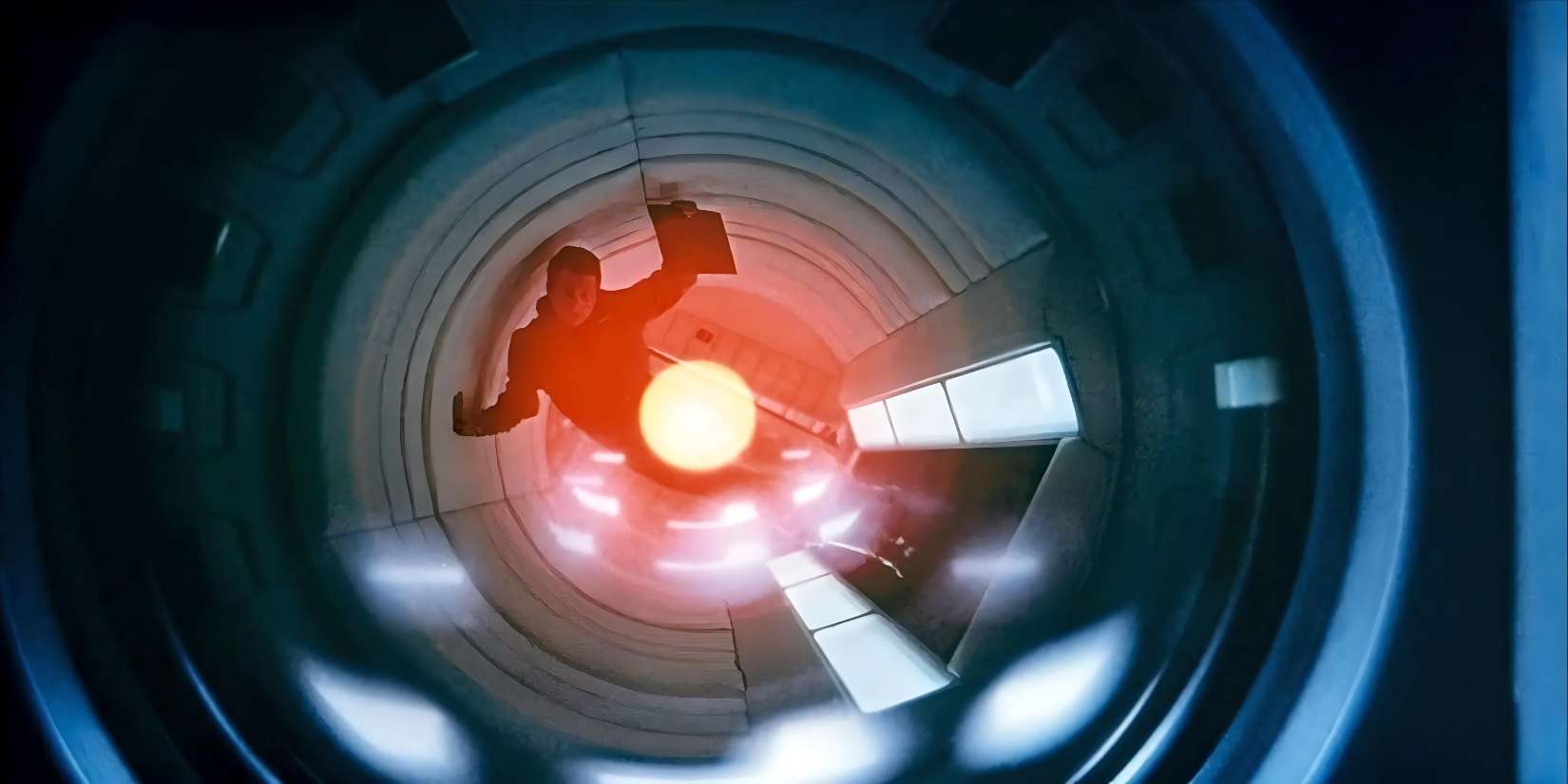Virtual Assistants – The idea of machines that mimic or even surpass human capabilities is not new. This notion, firmly rooted in pop culture and science fiction, has found its way into reality. One of these advances that we now take for granted is the virtual assistant. But where did his journey begin? And where will it take us?
Beginnings in the computer age
The first steps towards what we know today as virtual assistants were taken in the 1960s. The first significant breakthrough was ELIZA, a computer program from MIT that was able to conduct text dialogues with users. ELIZA simulated a Rogerian psychotherapist and asked simple questions. Although her skills were very rudimentary, she was proof that machines could mimic human-like communication.
The following decade brought SHRDLU, a system capable of communicating with humans in natural language over blocks in a virtual space. It could answer questions, follow commands, and even perform simple tasks in its little world.
Inspirations from pop culture
The idea of machines or artificial beings that have human-like characteristics is a recurring theme in science fiction. Some of the most influential works are:
- 2001: A Space Odyssey – The HAL 9000 computer, capable of understanding language and performing complex tasks, although it eventually becomes faulty.
- Star Trek – The starship Enterprise’s on-board computer can respond to verbal requests and has an almost infinite source of information.
- Blade Runner – Intelligent, human-like robots called “replicants” are able to mimic human emotions and behaviors.
These depictions in film and literature were not only entertainment, but also inspiration for developers and technologists.
Development until today
With the advancement of computer technology in the 1990s and 2000s, virtual assistants were increasingly incorporated into software and operating systems. Microsoft’s “Clippy,” a paperclip assistant, is one such early example, though it was often derided for its intrusive nature.
The real turning point, however, came with the introduction of smartphones. Apple’s Siri, first introduced on the iPhone 4s in 2011, revolutionized the way we interact with our devices. Siri was able to understand and respond to voice commands, from simple requests like weather to more complex tasks like scheduling and text messaging.
Google Assistant, Amazon’s Alexa and Microsoft’s Cortana quickly followed. These assistants continued to evolve, both in their voice recognition capabilities and in their integration with a growing number of devices, from smartphones to speakers to home appliances.
Examples from the working world
Virtual assistants have become indispensable in the working world. They are used to automate customer service requests, manage calendars, and perform data analysis. Some advanced models can even make business calls and book appointments, as Google’s Duplex shows.
Future outlook
The future of virtual assistants is limitless. With advances in machine learning and artificial intelligence, they could surpass human capabilities in a variety of areas. Imagine if an assistant could analyze medical data and make diagnoses, review legal documents, or solve complex scientific problems.
We could also see even deeper integration into our everyday lives, with virtual assistants accompanying us in the real world through augmented reality, or in a completely virtual environment through virtual reality.
Conclusion
Virtual assistants have come a long way, from their first steps in the computer age to the indispensable helpers they are today. Inspired by science fiction and driven by technological progress, they are at the forefront of a technological revolution. The question is not what they can do, but what they will do next.
